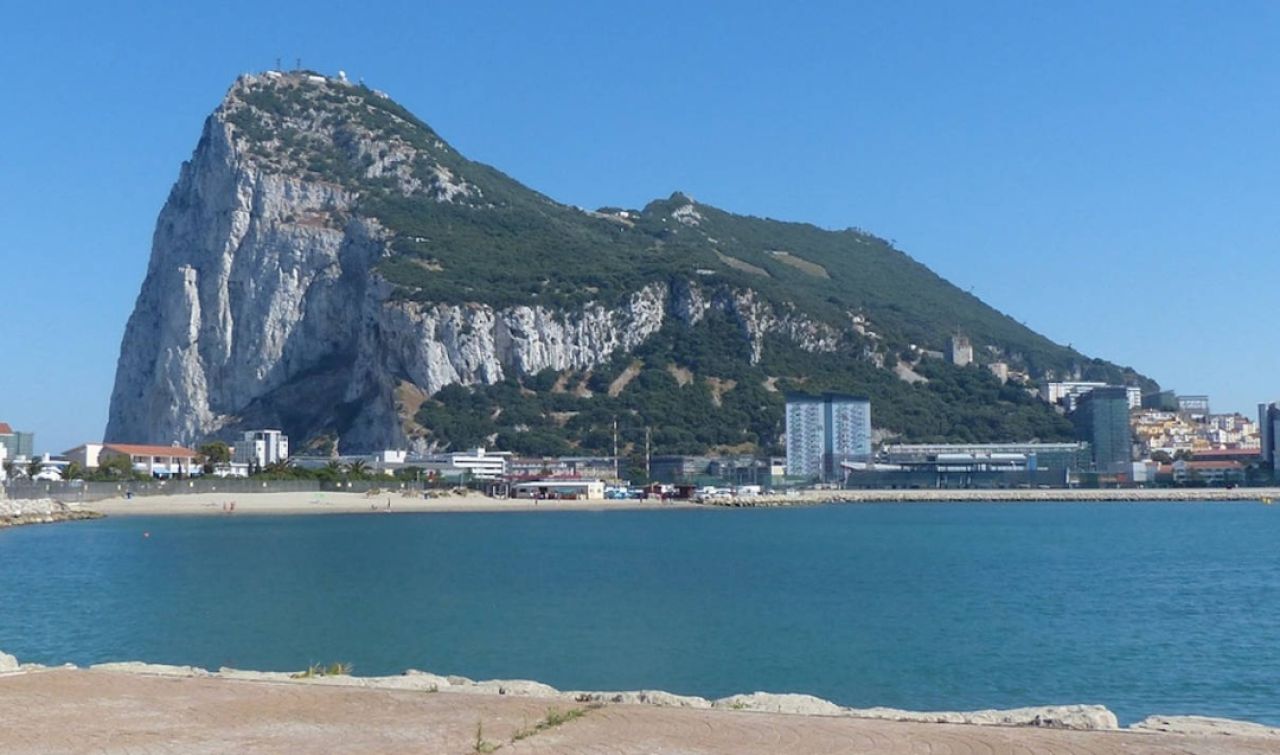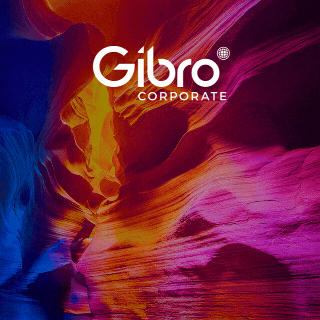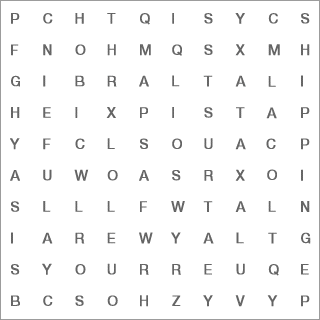Partial Lunar Eclipse To Take Place Tomorrow

This month's full Moon will be especially noteworthy event. In addition to being a slightly larger-than-average "supermoon," September's full Moon will also experience a partial lunar eclipse.
A statement from the Gibraltar Astronomical Society follows below:
WHAT DOES THE TERM SUPERMOON MEAN?
"Supermoon" is a non-astronomical term that describes a full moon that occurs when the moon is at or close to perigee, the closest approach to Earth, in its slightly elliptical orbit. During these times, the moon can appear a bit larger in the sky, although the difference can be difficult to notice with the naked eye for most observers. It will also be 15%-30% brighter.
September's full moon is the second of four consecutive “supermoons” this year, following August's “Supermoon Blue Moon”.
WHAT IS A LUNAR ECLIPSE?
Although scientifically a Lunar Eclipse has not the significance of a solar one, yet we can argue that it still proves to determine a number of factors related to our planet.
During a Total Lunar Eclipse, the Sun, Earth and Moon form a straight line. The Earth blocks any direct sunlight from reaching the Moon. The Sun is behind the Earth, so the Sun's light casts the Earth's shadow on the Moon. This shadow covers the entire Moon and causes a Total Lunar Eclipse.
Then the Moon is covered by three different shadows and they are defined as the following;
Penumbra - the outer part. (A light part of the shadow)
Umbra - darker, central part. (The totally darkest point of the shadow)
Antumbra – (a partly shaded area beyond the umbra.)
In our case in Gibraltar, we shall be immersed totally in the Penumbra at the maximum period of the eclipse, or the lighter part of the shadow.
This lunar eclipse is unfortunately a slight one, only the upper portion of the Moon will be plunged into the darkest part of Earth's shadow, known as the Umbra. Still, the partial lunar eclipse should provide some interesting contrast on craters and other features on the lunar surface to those with telescopes or binoculars.
Aside from the small-darkened portion at the top of the Moon's disk, most of the visible lunar disk will be in Earth's Penumbra, the lighter portion of the planet's shadow that does not entirely block the Sun's light. This will give most of the Moon a reddish-brown, slightly "grubby" appearance.
As we are talking of two different types of eclipses here are the times you can observe them from Gibraltar on Wednesday 18th September:
START OF PENUMBRAL 02:41
START OF PARTIAL 04:12
END OF PARTIAL 05:15
END OF PENUMBRAL 06:47
Latest News
- Giovanni Origo Budget Speech 2025 - GSD Shadow Minster for Youth, Tourism, the Environment and Transport
- Budget 2025 Speech by Minister for Industrial Relations, Civil Contingencies and Sport, Leslie Bruzon
- HM Customs Gibraltar Launches ASYCUDA Version 4.4 to Modernise Border Management
- Budget 2025 Speech by Minister for Equality, Employment, Culture and Tourism Christian Santos
- Declaration Of Enlistment By Royal Gibraltar Police Recruits
- Local Actors Travel To UK Drama Festival
- Bridge House Charitable Trust Welcomes Donations
- GSD Says Principal Auditor Report 2018/19 Should Now Emerge
- The Budget 2025 – Minister Gemma Arias-Vasquez's Address
- Ministry Of Equality Marks Successful End Of The Sixth Cycle Of The Women’s Mentorship Programme



